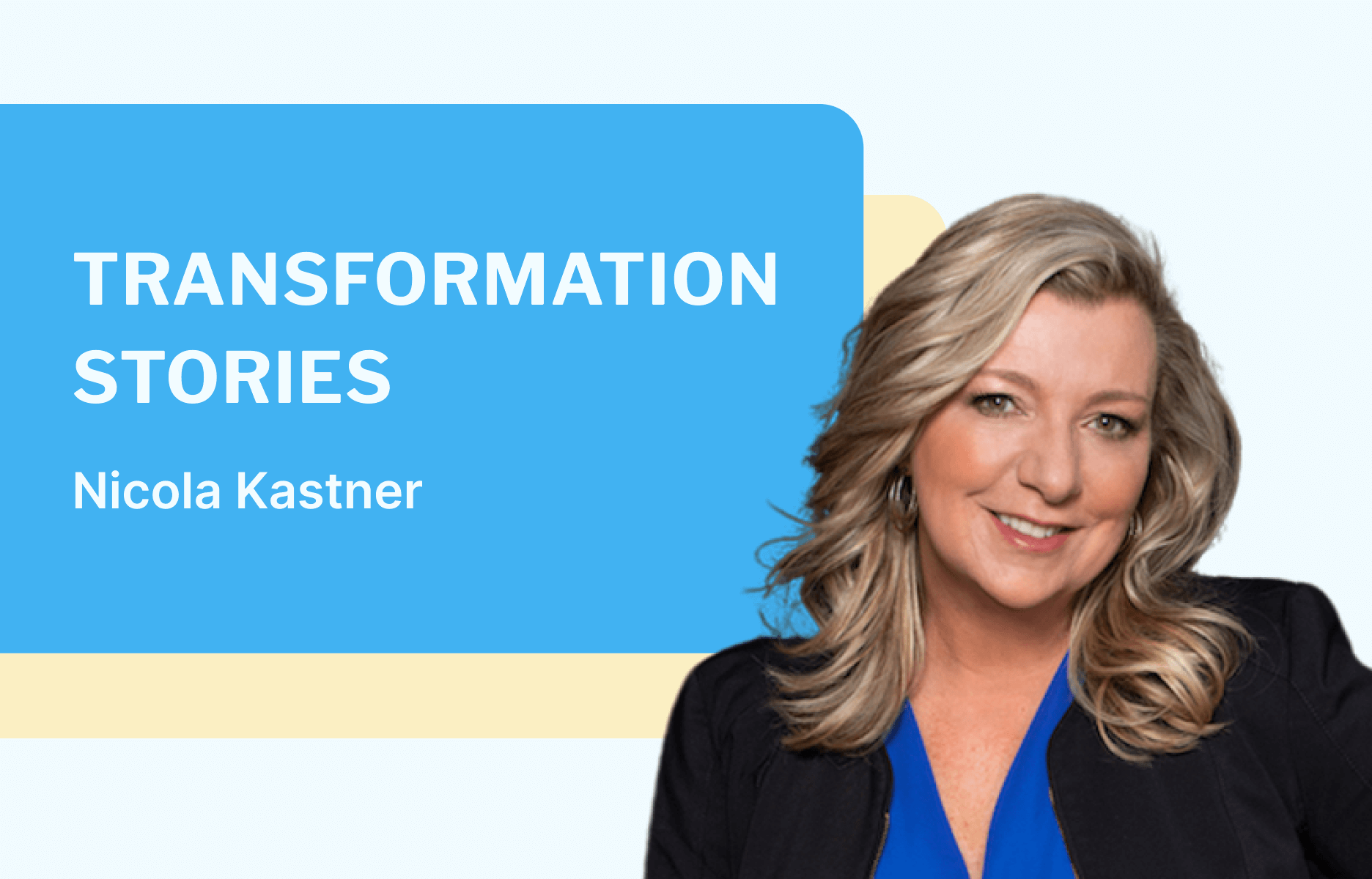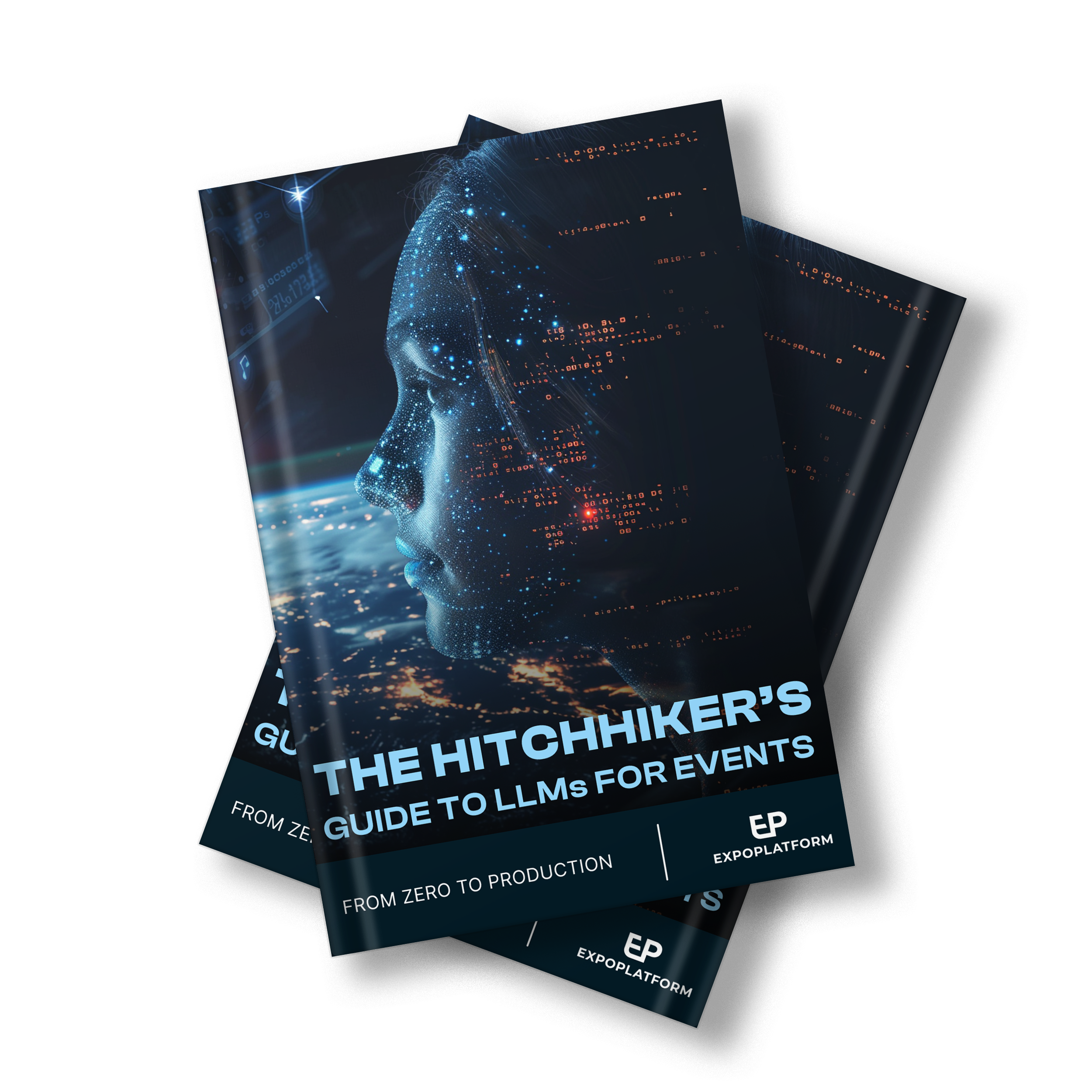
Events ‘must adapt to generational shift’ – that means FOMO
A generational shift means events industry buyers now expect a “business-to-consumer experience” which creates a fear of missing out, according to an industry expert.
The digital transformation of exhibitions and conferences has accelerated over the last 18 months due to restrictions forced by the pandemic.
Traditional in-person events were halted, which saw organisers focus their energies on making a success of virtual alternatives.
But the habits of Millennials and Gen Z were already shaped by the world they grew up in: one of convenience, connectivity and quick content – all delivered online.
Heather Holst-Knudsen, CEO of H2K Partners, believes organisers have to be willing to recognise and act on this to succeed in future.
‘They’ve got to feel this fear of missing out’
She told ExpoPlatform: “In the past, events could get away with some content, a big trade show floor or sponsor area, a cocktail reception and all that kind of stuff.
“But because of this demographic change that’s happening with the Millennials and Gen Z in this new workforce, you want to get their attention.
“They want much more of what I call a business-to-commerce (B2C) experience, they expect to be delighted and inspired across the entire customer journey.
“That means much better content – shorter and punchier – stellar entertainment, an elevated experience and knowing that the who’s who of their industry will be there.
“They’ve got to feel this fear of missing out (FOMO).”
Millennials are those who were born between 1981 and 1996 whereas Gen Z are people who were born from 1997 onwards, according to the Pew Research Center.
More than half of the global workforce will be made up of these cohorts by 2025 before rising to around three-quarters by 2030, according to ExpoPlatform analysis of UN population projections.
These age groups have an affinity for technology which has already reshaped the retail industry.
Product information, reviews and price comparisons are at their fingertips through smartphones or tablets which has seen them turning to brands that offer the most convenience at the lowest cost.
Furthermore, the recently launched Community Leaders Institute recognises the direction of travel towards a “direct to consumer economy” model.
But these generational cohorts are also enthusiastic about using the opportunities that technology brings for their own professional development.
Research from the Deloitte Global’s 2021 Millennial and Gen Z Survey shows around one-quarter of millennials and 27% of Gen Zs claim to have embarked on professional improvement during their free time throughout the pandemic.
Meanwhile, 32% of those in senior positions and 37% of those in leadership roles spent time improving their skill set outside of working hours.
This was all carried out when in-person opportunities for professional development were limited.
Heather believes an event organiser must clearly promote how taking part in an event – physical or virtual – can help them in their careers.
She added: “The value of an event is ‘how are you going to make me better as a professional?’
“I went to this event, I met these people, I gained these relationships – I’m doing this for my company, I’m doing this for my career.”
However, Heather said many organisers have been too complacent in trying to transfer the networking format of a physical show into the virtual world.
She believes the majority of digital experiences have been “poorly done and very misunderstood” by event producers who simply live-stream meetings to make up for a lack of in-person exhibition attendees.
Read our complete guide to networking in a virtual or hybrid event.
Heather said: “I hate to break the news to everybody, but there’s no trade show floor where people are walking in a virtual environment – you are on a screen.
“It is different, so how do you take that physical activity of walking and being able to get someone to come to your booth when that whole experience is different?
“I think curation of meetings and embedding sponsors into thought leadership on the virtual side is a big aspect of being successful.
“Maybe the virtual side shouldn’t happen during the face-to-face, maybe it happens after.”
The H2K Partners CEO gives an example of how the live content can be recorded and then be made available on-demand for digital consumption afterwards.
‘Meaningful, relevant and on-point’
However, these offerings would be repackaged and refreshed where new elements can be added and viewed by the attendee and their colleagues.
Heather said: “How great would it be if you were able to say ‘I know you came to the face-to-face, but if you thought it was so good, guess what, you can go to the next phase of the event journey which is in a virtual format.
“‘We are going to have new content there as well as some of the things you may have missed at the face-to-face event – and invite your team to the virtual event so they can also benefit from what you learned’.”
Continued engagement after a show can be helped through using information gathered from an organiser’s event to better target and customise promotion towards an attendee.
This creates more “meaningful, relevant and on-point” marketing content as opposed to a “spray-and-pray” email campaign.
Heather said this can be done through studying the attendee’s data by looking at previous behaviour to promote other sessions they might be interested in.
This is similar to how a video streaming service such as YouTube will promote content to a user based on what they have already watched.
It allows for more relevant advertisements on the channel to be shown to the viewer – in the same way sponsors can have their thought leadership and brand awareness promoted through suggested sessions.
But Heather also believes too many organisers are missing out by failing to continue making connections with their audience before an event, after they have registered.
‘How do you get them invested in their participation?’
Examples of how this can be done include informing them of new speakers, asking them if they have invited colleagues to the show, and inviting them to host a meetup during the event while also providing things of interest to be shared with them if not.
She said: “You’ve got to continue to market to them with relevant content about what’s going on.
“More importantly, how do you get them invested in their participation?
“Don’t overwhelm them, but you have to keep them interested as the earlier they register the more likely they are to drop off.”
B2C marketers have so far been more advanced in using data to understand the importance of behaviour and emotion which can influence buyer decisions
Those in the top 100 – such as Amazon and eBay – took in £1.92 trillion ($2.67 trillion) over 2020 and a 62% share of worldwide digital sales, according to research from ComprarAcciones.com.
That is an increase of 29% year-over-year in gross merchandise sales, while those for non-marketplace sites grew by 25% over the same period.
Business-to-business (B2B) marketers have so far been slow to develop a strategy which could mimic the success found by those who sell directly to consumers.
A study by B2B International used an example of how industries with more direct exposure to consumers – such as technology and finance – were more likely to see interactions with a target customer end before they even asked for a quote.
The market researcher suggests people are now so used to smooth consumer experiences in these sectors that they want the same performance when they are buying for their business.
Download our Marketplace Blueprint ebook for a complete guide on creating an online marketplace.
Furthermore, there has been a surge in subscription-based consumerism which values outcomes over ownership.
The subscription economy has grown by 437% over nine years with the move in that direction looking like it will keep accelerating, according to Zuora.
Millennials and those in Gen Z are more likely to be subscription-based consumers and are more used to watching new blockbusters through a streaming service than at a cinema.
‘Community is taking that to the next level’
But Heather claims there’s a difference between an organisation having a subscriber and a community member who will be continually engaged with a brand.
She said: “I can subscribe, I can buy an annual pass to your events and to exclusive content and it does still have what I call a very linear relationship with me and the brand.
“Community is taking that to the next level – curating connections with like-minded peers and building and moderating an active community that is consistently engaging, sharing, posting and adding value to their peers.
“You need a website that enables these things and you’re going to need to have community moderators that are on your team that are helping to generate that, to light the fire.
“A lot of event organisers really do not understand what a community is.”
Heather believes this can be done by providing those subscribers with exclusive access to content, intimate networking events and connections that can’t be found anywhere else.
There may also be a programme for industry leaders of the future included in an organisation’s offerings.
She added: “You’ve got to think through what you’re giving them to create a community and what are you going to charge them to join the community.
“You can have some free aspects but again – how do you get people coming back if they don’t think there’s value?
“If you’re creating content for this community and no one’s not paying, really you’re putting content out on your website for everybody.”
Heather believes building an engaged relationship with an audience can then lead to greater revenue through community referral marketing.
This involves an organisation getting its target audience energised by its offering to the extent that they promote it to their peers.
Gmail, Evernote, Dropbox and Trello all had huge surges in growth early after their launches by utilising the power of this form of marketing.
Heather said: “This is super relevant for Millennials and Gen Z because they love to refer – it’s FOMO.
“How are you getting those people – your micro-influencers – to talk about your event and say ‘you’ve got to be here because of x y and z’ both to internal peers and external.”
Transformation Stories gives organisers exclusive insights from industry leaders about the future of events. For more in the series so far, read here:
- Association events ‘will reinvent’ to meet digital expectations
- Organisers ‘missing out’ on hybrid event monetisation
There's more you might like

It’s lonely at the top for event leaders – CEO of ELX
It can be “lonely at the top” for event leaders – making it crucial for senior roles to share and develop best practices, according to the new CEO of an exclusive industry community. Nicola Kastner was recently announced as chief executive officer of Event Leaders Exchange (ELX), holding extensive experience such as Global Vice President ...

ETT Club bids farewell after almost four years
The Exhibition Think Tank Club has bid a fond farewell to events industry colleagues after almost four years of collaboration. A special session was held with members from around the world who wanted to give their feedback on how the project had impacted them and their approach to business. ETT Club, as it is known, ...

How digital word of mouth can boost your event marketing
Digitized “word of mouth” event marketing can drastically boost conversion rates compared to traditional campaigns, according to an industry leader. This online referral approach sees speakers, attendees, exhibitors and influencers all take part in promoting a live show using their own social media and email platforms. Rachel Stephan, founder of Snöball, explained how this tactic ...


